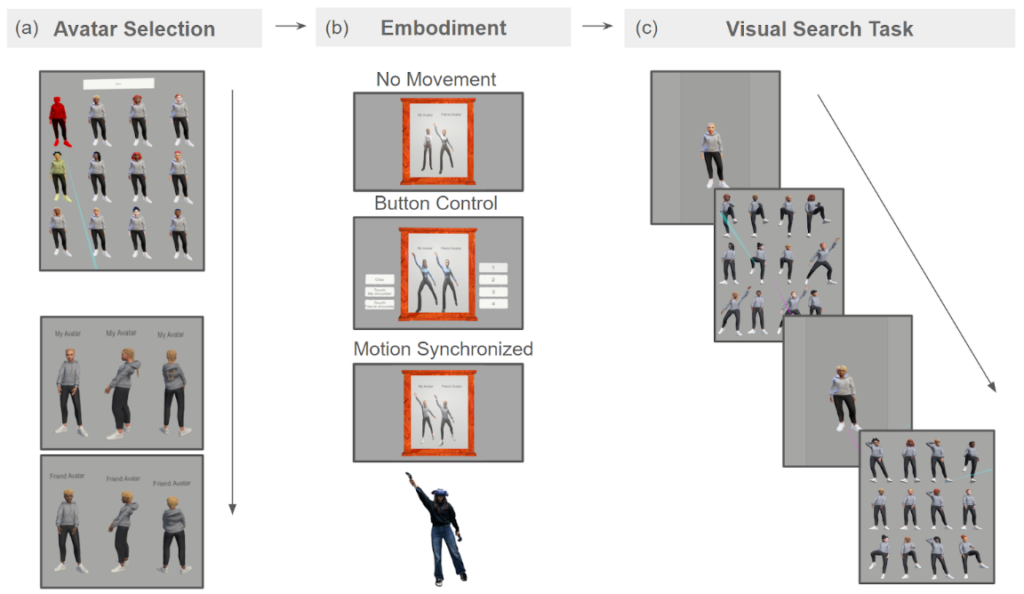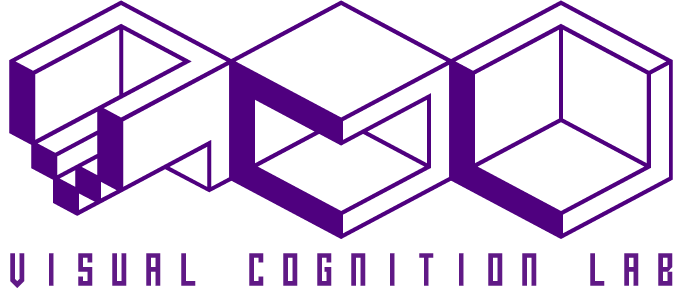: the Self Advantage Phenomenon and the Relative Importance of Motion and Visual Congruence

Bowon Kim, Eugene Hwang, Jeongmi Lee, 2024
In virtual reality, avatars represent ourselves and serve as a means to interact with others and the environment. Thus, understanding the self-recognition process in VR and designing self-avatars that have strong connections with the self is critical in enhancing immersion and efficiency of interaction in VR. In this research, we investigated the characteristics of the self-recognition process in VR and the crucial factors that enhance the bond between the self and the avatar. From the study, we tested whether the advantage in cognitive processing of self-related information, often observed in reality, is also replicated for briefly embodied self-avatars in VR and how it is modulated by way of avatar selection and the degree of embodiment using the visual search paradigm. The results showed that the self-avatar was processed more efficiently than other avatars, despite the constant changes in the appearance and a brief embodiment period. Moreover, the self-advantage effect was more pronounced for personally selected avatars, rather than those assigned by the experimenter.

Leave a Reply